In the meantime, travelers enjoy the charming views of the former grandeur. They cannot wait to hear the echo of footsteps in deserted halls with high ceilings, look at coats of arms on bas-reliefs, walk along the alleys of ancient parks or simply wander through the ruins, imagining themselves as a person from a magnate noble family.
We have selected for you the most beautiful abandoned estates in Belarus!
Umyastovsky Family Estate. Zhemyslavl
The Umyastovsky family estate on the banks of the Gavja River was rebuilt into a majestic stone palace in the image and semblance of the royal residence of Lazienki in Warsaw at the end of the 18th century.
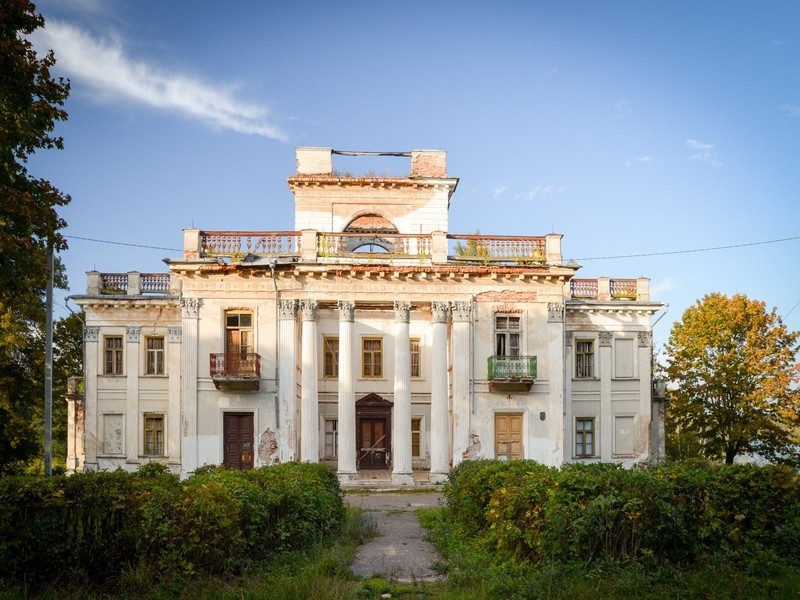
The last owners, Vladislav Umyastovsky and his wife Yanina Ostrog-Sadovskaya, felt affection for Zhemyslavl: they tightened up the interiors of the palace and kept a house perfectly. From trips to Paris and Vienna, the Umyastovskys brought sculptures, paintings, and chandeliers. In memory of a wonderful trip to Venice, the romantic spouses laid out a picturesque park behind the estate, which they called “Venice”.
In 1914, a rich estate on the river bank became a resort for German soldiers, and then it was plundered and the palace was left in a precarious state.
In Soviet times, the board of sovkhoz (state-run farm) met in the palace, and a club and a library worked there. Restoration work is underway today.
Address: Zhemyslavl village, Ivye district, Grodno region.
Radziwilly Family Estate. Polonechka
This is rather a palace than an old estate, which began to be built in the late 18th century. The prototype for this architectural marvel was the Italian villa Trivuzlino on Lake Como in Italy.
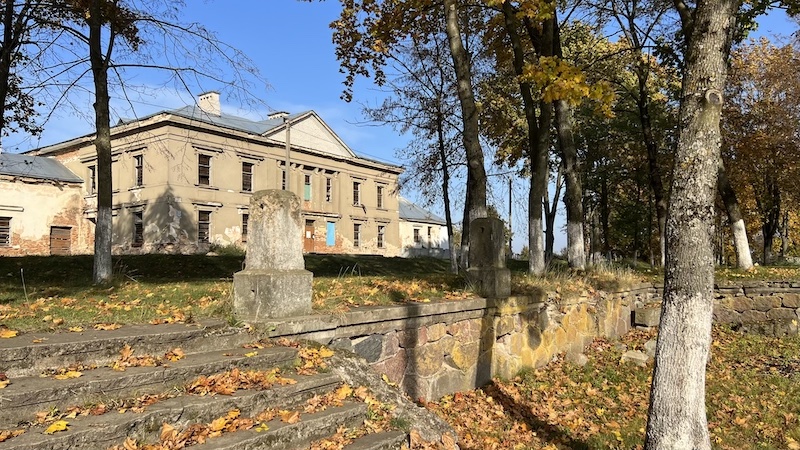
In the early 19th century, Empire-style features, which were then in the fashion, were added to the building. This time is considered the palmy days of the estate: there was a part of the Radziwill family’s art gallery, a rich numismatic collection, and a library. But by the end of the century, all this was taken to Poland, to other possessions of the magnate family.
The Radziwills lived in Polonechka until 1939. And after the Second World War, a boarding school was located there.
Address: Polonechka village, Baranovichi district, Brest region.
Lopatinsky Family Estate. Leonpol
A stunning baroque palace with a delightful French park was built according to the design of the Italian architect Genu.
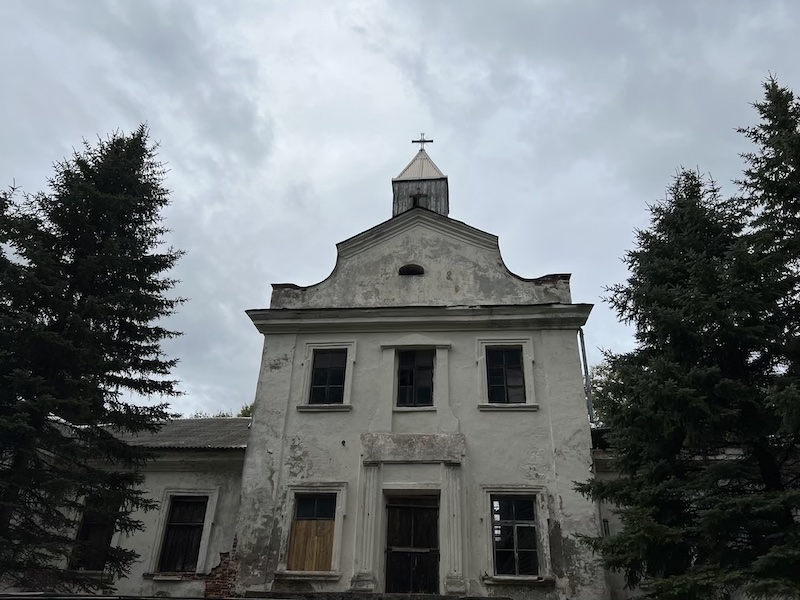
In the 19th century, Leonpol had many trials: the estate was plundered during the uprising of 1830-1831, but decades later restored by the owner of the estate, Efsebiush Lopatinsky, who repaired the buildings and placed his paintings and numismatic collections.
During the interwar period, the manor belonged to the Catholic parish. Later, the board of the collective farm, a technical school, a special school, and a health and recreation resort were located there by turn.
Address: Leonpol village, Miory district, Vitebsk region.
Glazko Family Estate. Rossony
Glazko Estate, built in the late 19th century in neo-Gothic style on the shore of a charming lake, surrounded by an old park with avenues of limes, is also known as the “house with a hundred windows”. The combination of red brick with multi-colored masonry of the basement gives a peculiar charm to the building with an unusual and, at the same time, complex and asymmetric architectural construction.
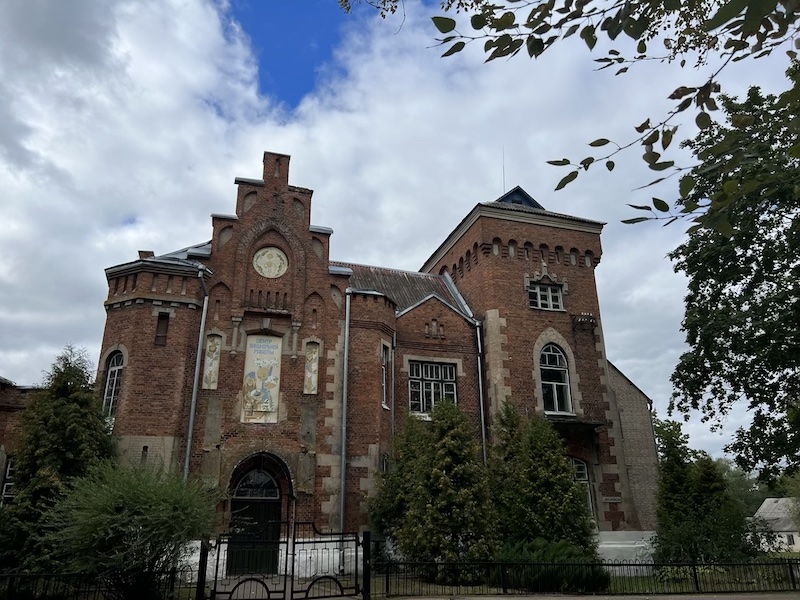
In 1917, due to revolutionary events, Stanislav Glazko and his family were forced to leave the family estate. The estate was plundered and nothing has been preserved from its former decoration to the present day.
Throughout the 20th century, various organizations and institutions were located in the former estate.
Address: Rossony settlement, Rossony district, Vitebsk region.
Platery Family Estate. Opsa
The palace, built in the early 19th century by the owner of the village of Opsa, Feliks Plater, combines classical and modern features in its design. The western façade is oriented towards the picturesque lake, to which a cascade of stairs of amazing beauty leads from the open terrace.
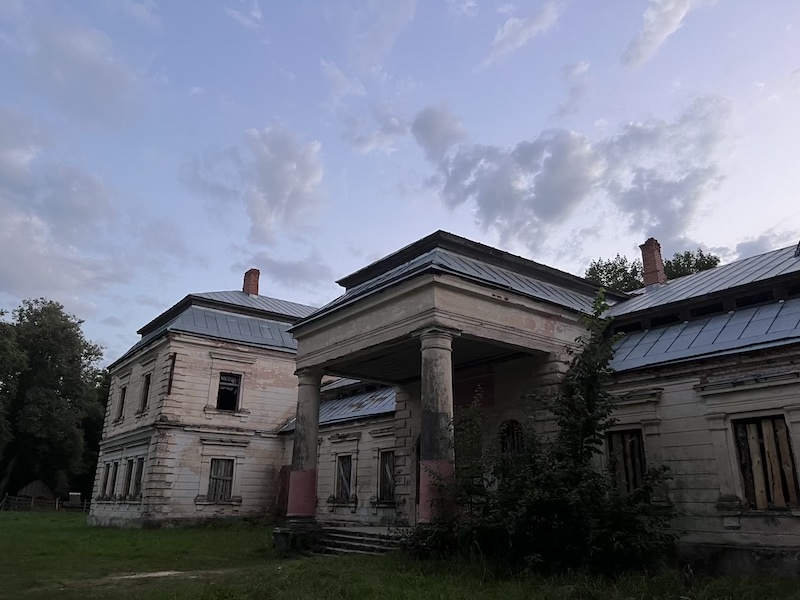
The estate gained fame thanks to the representative of the Plater family - Emilia Plater, who fought against the Russian Empire in the uprising of 1831-1833. She is called the “Belarusian Jeanne d’Arc”, and famous artists and poets of that time dedicated their works to her.
Address: Opsa agrotown, Braslav district, Vitebsk region.
Ancient estates are not only interesting and beautiful, but they can also immerse you in a superior atmosphere of history and memory of centuries.